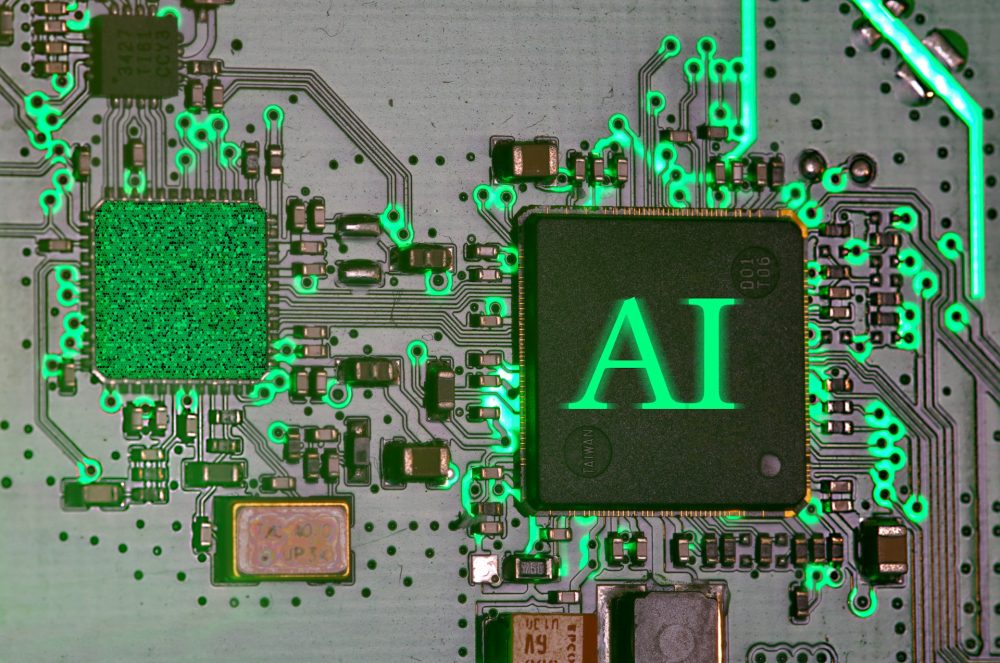Business
Like Microsoft with the military, who will open Augmented Reality to SMEs?
In a contract worth $22 billion over a period of ten years, Microsoft will supply the U.S. Army with an adapted HoloLens 2 headset. The Microsoft AR hardware, will improve soldiers’ situational awareness during training, but also give them a big upper hand on the battlefield. While this is not the first time Microsoft has won a contract with the U.S. military, it’s still significant.

Microsoft is putting its HoloLens technology to work for the US military. These augmented reality (AR) headsets are HoloLens 2 devices adapted and connected to the Azure cloud. These are technologies originally intended for entertainment but were eventually used exclusively by professionals. Valued at nearly $22 billion, the contract is for an overall term of ten years. According to Pentagon officials (who are now in discussions with Microsoft on another matter), these new showpieces will allow members of the military to become more aware of their environment during training, but also give them many advantages on the battlefield.
How to benefit from the advantages of Augmented Reality in close proximity to the opponents on the field?
Equipped with high-resolution night, thermal and onboard sensors, the 120,000 augmented reality devices ordered by the U.S. Army are capable of giving soldiers a remarkable superiority over their opponents on the ground. Using AR and machine learning, this system allows soldiers to train in an environment that is very close to reality. Microsoft’s unique HoloLens technology will allow for visual tracking of targets and serve as a fully informed tactical decision support. Terrain configuration data is shared directly between soldiers, which is a huge advantage – worthy of what we see on video games these days… and yes, HoloLens will be able to display real-time augmented reality information in front of the military’s eyes on the battlefield.
Microsoft and the U.S. military: more than just augmented reality
This is not the first time Microsoft has won a contract with the U.S. military. In 2018, the army had already tested the firm’s AR devices with a contract worth $480 million. Dubbed Ivas, the augmented reality system adopted two years ago was also paired with Azure technology and HoloLens. At the time, the military already said that these devices could be used for both training and actual combat. Microsoft is one of the biggest suppliers of equipment to the military, and this naturally does not sit well with some of the firm’s employees, who do not condone serving the development of weapons systems. The CEO of the American giant, Satya Nadella, justifies that the firm does not have “to deny technology to the institutions that we have elected in democracies to protect the freedoms we enjoy. For its part, the army explains that augmented reality will allow its soldiers to target more accurately and avoid blunders among local civilians.
XRApplied, a very different vision from the rest of the VR and AR players
Historically speaking, and as was the case for the Internet, the most innovative technologies were first used by the military before becoming widespread among the general public. The strong resources mobilized by the American army to use augmented reality is significant proof of the potential of this technology, and of the predominant place it will occupy in our lives in the coming years. But while Microsoft is offering AR as an option to large institutions like the U.S. military, many players in the field are instead moving toward SMBs, which face several barriers to entry.
As an example, XRApplied is implementing proprietary SaaS solutions in addition to a tailored marketing platform. The goal is to simplify access for these companies to this technology and help them deploy virtual and augmented reality marketing campaigns that can revolutionize their business performance.
Regardless, augmented reality is making giant strides in every field. The military is embracing it, but so are civilians! Companies like Apple are already preparing for the next day of this technology, which will undoubtedly turn our habits and customs upside down.
__
(Featured image by Pixabay via Pexels)
DISCLAIMER: This article was written by a third party contributor and does not reflect the opinion of Born2Invest, its management, staff or its associates. Please review our disclaimer for more information.
This article may include forward-looking statements. These forward-looking statements generally are identified by the words “believe,” “project,” “estimate,” “become,” “plan,” “will,” and similar expressions. These forward-looking statements involve known and unknown risks as well as uncertainties, including those discussed in the following cautionary statements and elsewhere in this article and on this site. Although the Company may believe that its expectations are based on reasonable assumptions, the actual results that the Company may achieve may differ materially from any forward-looking statements, which reflect the opinions of the management of the Company only as of the date hereof. Additionally, please make sure to read these important disclosures.

-

 Biotech2 weeks ago
Biotech2 weeks agoPfizer Spain Highlights Innovation and Impact in 2024 Report Amid Key Anniversaries
-

 Business1 day ago
Business1 day agoLegal Process for Dividing Real Estate Inheritance
-

 Markets1 week ago
Markets1 week agoStock Markets Surge Amid Global Uncertainty, But Storm Clouds Loom
-

 Africa6 days ago
Africa6 days agoMorocco Charts a Citizen-Centered Path for Ethical and Inclusive AI
























